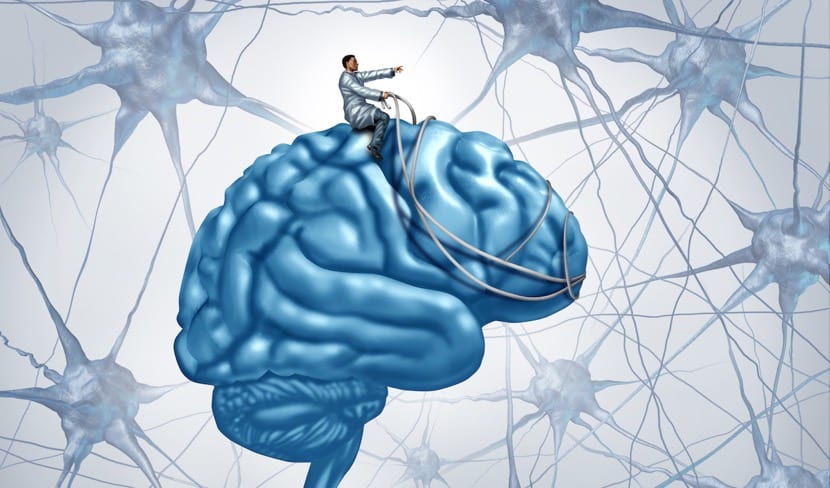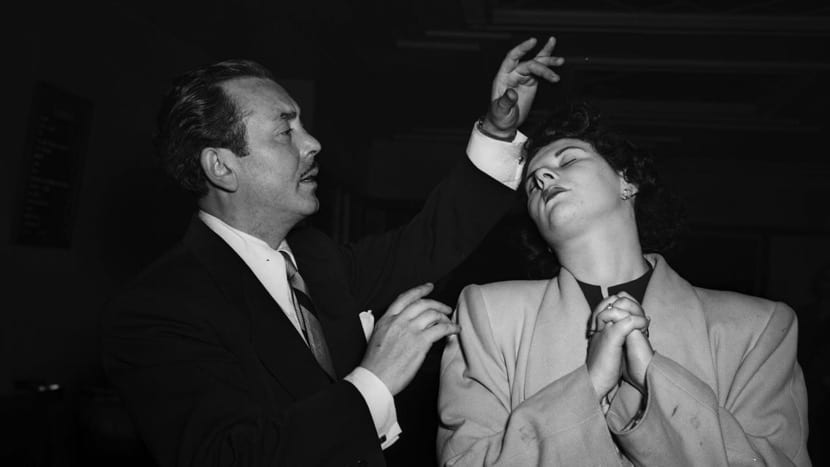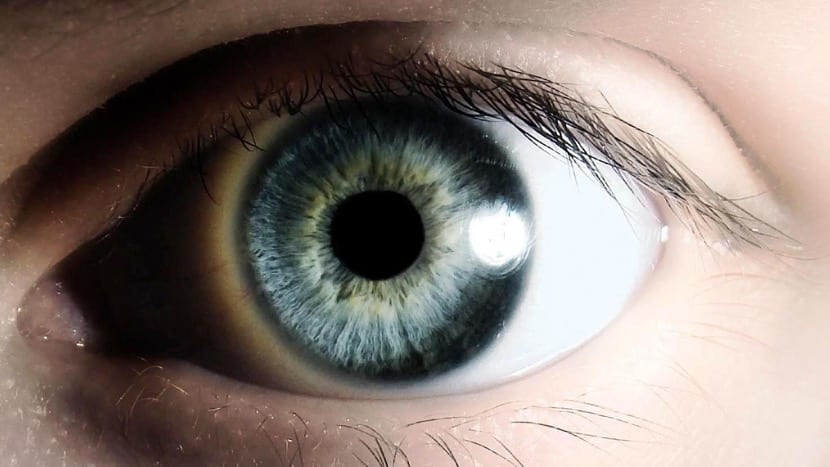
Hypnosis is one of the most controversial methods today. In addition, it is also a method very misunderstood by people because they believe that it cannot be true that one person can induce another to be in a state of hypnosis. This happens because there are many myths about hypnotherapy today that come mainly from the ideas of people without really knowing what they are thinking.
Hypnosis actually
In reality, the hypnosis you see on TV shows or movies has nothing to do with real life or common sense. Clinical hypnosis is a serious thing used for non-television purposes. Hypnosis is a highly focused state of attention or concentration which is associated with extreme relaxation which provides greater suggestion.
When a person is in a state of hypnosis (hypnotic trance) he is open to other channels of external and internal communication. Positive suggestions given to people while they are hypnotized are known as "post-hypnotic suggestions" because they are intended to take effect after the person comes out of the trance and is no longer under hypnosis.
The suggestions given to people under hypnosis appear to be an important part of the mechanism through which the procedure works. While many people do not accept or respond to a direct suggestion under hypnosis, Suggestions seem to come to the mind, perhaps through another channel of consciousness, where important aspects such as psychologically modifiable behaviors often germinate and take root.

Contrary to popular belief, people under hypnosis are in complete control of themselves and would never do anything that they would normally find highly objectionable ... as it does on television shows with a clear theatrical component.
Not everyone is suitable for entering hypnosis
Not all people can be hypnotized. In fact, for it to work, a person must want to voluntarily undergo this process and also have some degree of hypnotizability. Even people who are easier to hypnotize in a single session do not get results. People must undergo different hypnotic procedures to reinforce whatever suggestions they want to get.
Hypnosis is often used for different causes, such as: having a better mood, overcoming insomnia, remembering forgotten experiences, trying to overcome the pain of traumatic events experienced previously.
Can you feel the benefits of self-hypnosis
You can try the benefits of self-hypnosis right now at home. You just have to sit, lie down or make yourself comfortable in a quiet place. Then close your eyes and breathe deeply a few times, slowly, feeling how you breathe in and how you breathe out each time.

This can bring you into a mild trance state and pleasant relaxation. Later, when you are in this state you will have to start saying optimistic things to yourself (for example: 'I'm going to do more exercise' or 'I'm going to finish the project well') and imagine some pleasant events (see yourself with a slimmer body or more successful in your work '). Even doing this for five minutes each day can be beneficial for you.
How Hypnosis Works
It is a trance state characterized by extreme suggestiveness, relaxation, and heightened imagination. It's not really like sleeping, because the subject is alert all the time. It is more often compared to daydreaming, or the feeling of "getting lost" in a book or movie (state of flow or flow). You are fully aware, but you turn off most of the stimuli around you. The person focuses intensely on the subject at hand, almost to the exclusion of any other thoughts.
The imaginary world seems real and emotions are involved. What you imagine can generate fear, sadness, happiness or even shake you out of your seat if something scares or surprises you. Milton Erickson, the leading expert on hypnotism of the XNUMXth century, argued that people hypnotize themselves on a daily basis. But most psychiatrists focus on the trance state brought on by intentional relaxation and concentration exercises. This deep hypnosis is often compared to the relaxed state of mind between wakefulness and sleep.
In conventional hypnosis, you treat the hypnotist's suggestions, or your own ideas, as if they were reality. If the hypnotist suggests that your tongue has swollen up to twice its size, you will feel that sensation in your mouth and may have trouble speaking. When he suggests that he is having a chocolate shake, you will taste the shake and feel it cooling his mouth and throat. If it wants to tell you that you are afraid, you may feel panic or start to sweat ... Without it being as theatrical as you have ever seen on television.
In this state, people are also highly suggestible. Although morally and ethically, a hypnotist should never make you feel, think or do something that you do not want to do or that you later consider to be highly questionable.
How it happens
Normally in hypnosis the subconscious mind of a person is reached. You usually only get to the conscious part. Your subconscious normally makes you who you are, almost without you realizing it. On many occasions, if you realize it, you will realize how it manifests itself in your dreams. When, for example, you speak, behave or want to remember something, your conscious mind works with your subconscious mind, the latter is always present even if you don't know it. You gather plans and ideas and execute them through your conscious mind. When a new idea comes to you out of nowhere, it is because you have already unconsciously thought about the process.

Your subconscious also takes care of all the things you do automatically. You are not actively working through the minute-by-minute breathing steps; your subconscious mind does that. You don't think about every little thing you do while driving a car, a lot of the little things are thought of in your subconscious mind. Your subconscious also processes the physical information your body receives.
In short, your subconscious mind is the real brain behind the operation: it controls your thinking and decides what you do. When you are awake, your conscious mind works to evaluate many of these thoughts, make decisions, and put certain ideas into action. It also processes new information and transmits it to the subconscious mind. But when you are asleep, the conscious mind gets out of the way and your subconscious has a free reign.
Psychiatrists theorize that hypnotism's deep relaxation and focusing exercises work to calm and subdue the conscious mind so that it takes a less active role in your thought process. In this state, you are still aware of what is going on, but your conscious mind takes a back seat to your subconscious mind. Effectively, this hypnotist will work directly with the subconscious. It is as if the hypnotism process opens a control panel inside your brain.